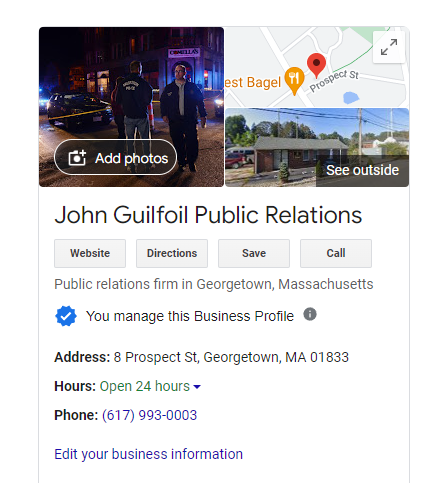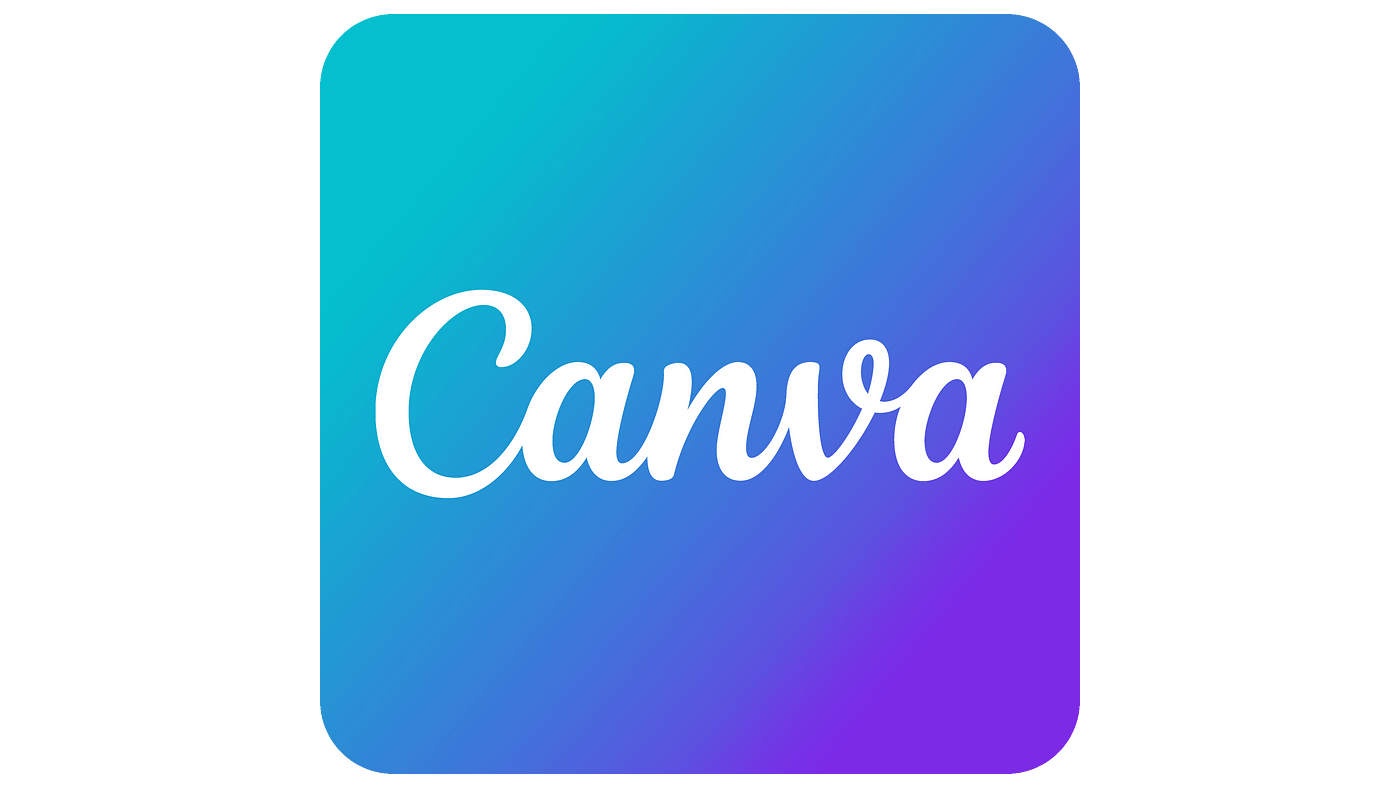Here’s a great, underutilized trick for public information officers: When a government agency “claims” its business listing on Google, it essentially takes control of its…
In the digital age, Public Information Officers (PIOs) play a pivotal role in shaping the public’s perception of public sector agencies. Digital advertising is a…
In the digital era, Public Information Officers (PIOs) are tasked with managing a vast array of content across multiple platforms. Content Management Systems (CMS) are…
Creating and implementing a content strategy for your organization’s website and newsletters is essential for engaging your audience, building trust, and conveying your message effectively.…
In the realm of public information, engagement is the key to effective communication. As Public Information Officers (PIOs), we often face the challenge of reaching…
In the fast-paced world of public information, conveying your agency’s message clearly and effectively is paramount. As a Public Information Officer, you are the bridge…
Introduction In the landscape of public affairs, visual communication transcends mere aesthetics; it is a strategic tool that can significantly influence public opinion and behavior.…
WordPress offers a robust platform that’s particularly well-suited for police and fire department websites because it aligns seamlessly with the operational needs and communication demands…
Public Information Officers (PIOs) play a critical role in managing communication between their organizations and the public. Tools like Canva, a graphic design platform, can…
Trade show and public event giveaways for police and fire departments should be practical, memorable, and relevant! JGPR designs and offers dozens of products and…









